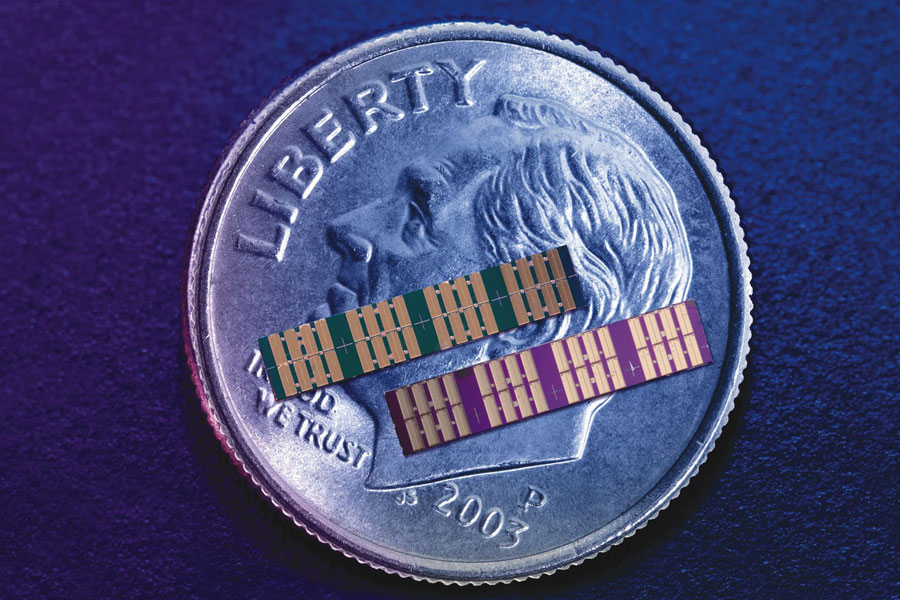



Dr. Siamak Forouhar is currently the Deputy Director of the Microdevices Laboratory. He developed a semi-conductor laser that resulted in the acceptance of the first Tunable Laser Spectrometer for planetary use. More recently, he was responsible for advancing the technology readiness of mid-IR lasers and detectors from research to flight for the TLS instrument currently operational on Mars. Dr. Forouhar has published more than 70 articles in refereed journals, holds many patents in his name, and has been awarded the NASA Exceptional Engineering Achievement Medal for pioneering the development and delivery of space-qualified semiconductor lasers for NASA missions.

The sensitivity analysis for space-based CO2 LIDAR measurements has identified transitions in the 1.57- and 2.05-μm absorption bands that are suitable for making global measurements of CO2. Though both wavelengths...

Following the success of the tunable laser spectrometer aboard the Mars Curiosity rover, laser-based spectroscopy instruments are expected to play a vital role in future planetary science missions. By selectively targeting absorption lines of...

Semiconductor lasers emitting near 2.9 µm are a critical component of compact and reliable spectroscopic sensors for the measurement of hydroxyl radicals, OH, which are crucial components of the atmospheres of Earth and Mars...

Modern spectroscopic systems can accurately measure the real-time dynamics of mixed atomic and molecular species with weak spectral features, assuming the availability of a broadband source in the relevant wavelength band...